Will Frost Kill Grass Seed And How To Help New Turf Survive
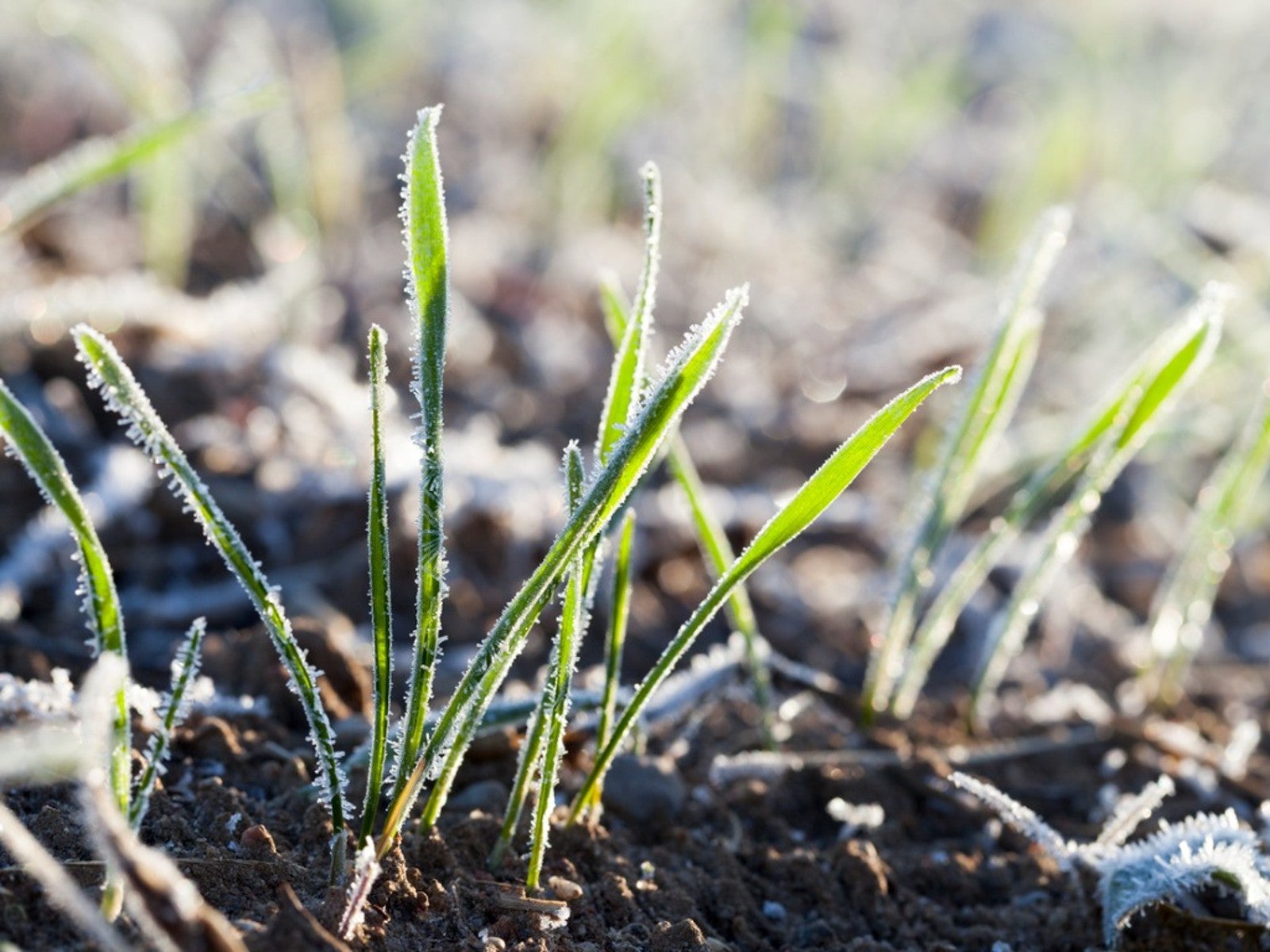
If fall is near yet you never got around to seeding the lawn, and you might be wondering about seeding now. The big question is does frost kill grass seed. In other words can grass seed survive the upcoming frost? The answer to this question will determine whether you wait until the spring to sow or if you should risk potential grass seed freezing. Keep reading to learn about fall grass seeding and how to protect new grass from frost.
Can you Sow Grass Seed in the Fall?
The short answer to sowing grass seed in the fall is yes, but it gets a bit more complicated. First it depends on what type of grass seed you are sowing. The types of grass you sow will either be of the cool season or warm season variety. Warm season grasses such as Kentucky bluegrass or Rough bluegrass are slower to germinate and establish enough to endure frost while cool season grasses like Ryegrasses do so more rapidly allowing them to establish maturity quickly enough to withstand winter weather.
The general rule of thumb is to avoid seeding after the end of September. However in the case of new construction, it is better to attempt to get some germination than none at all to slow erosion.
In the case of over seeding into existing turf, there is more leeway. If temperatures are still mild in October for instance you may still have enough time for seed to establish before winter. Maybe.
The other option is called dormant seeding.
What is Dormant Seeding?
Dormant seeding can occur with any type of turf grass. Basically you sow when temperatures are too low for the seed to germinate before the onset of winter. This can be a bit tricky. If seeds germinate prior to winter they will likely die as they haven’t matured yet.
Watch the weather forecast and find a time when the soil is malleable enough that seed can be worked in and yet the air temp is cold enough the seeds won’t germinate. Daytime temperatures should be consistently below 50 F. (below 10 C.) with soil temperatures in the low 40’s (below 7 C.) or below. The goal is that the seed will lie dormant during the winter months and then germinate as soon as conditions warm in the spring.
Gardening tips, videos, info and more delivered right to your inbox!
Sign up for the Gardening Know How newsletter today and receive a free copy of our e-book "How to Grow Delicious Tomatoes".
Dormant Seeding Tips
To ensure the success of dormant seeding, beyond watching the temperature, broadcast seed on a prepared bed at a higher rate than normal. If an available option, use a slice seeder which will create furrows in the soil giving direct seed to soil contact.
If using mulch, avoid dark colors that warm and encourage early germination. Instead use loose straw or straw netting which will help to hold the soil together.
New Grass Freeze Warning
Your newly sown grass seed won’t freeze, the danger is if it germinates too quickly before winter weather. The young tender shoots won’t have established enough to survive the harsh conditions.
If you already have a young lawn growing and winter weather is approaching you may wonder how to protect it.
Seeing the grass brown in the winter may worry some homeowners but grass never really stops growing, not even during the winter. It just grows at a much slower rate or dormancy. If however temperatures drop below 20 F. (-7 C.), the turf may become permanently damaged.
Nonetheless you can take some steps to prevent any winter injury. Frozen grass blades contain ice crystals between the cells which help to protect them from injury. If you tromp on them, drive on them or let the dog and kids run amok, you are risking damaging the lawn. If this happens the cells are pierced by the frozen ice crystals resulting in a brown and unsightly lawn come spring
Never fertilize in the winter -- only in spring and fall.
In the spring, give the grass some time. Brown grass does not necessarily mean dead grass. Also wait to mow until the grass is at least 2 inches (5 cm.) in length. Even then be sure not to mow the grass back by more than 1/3rd to allow it to continue to photosynthesize and grow.

Amy Grant has been gardening for 30 years and writing for 15. A professional chef and caterer, Amy's area of expertise is culinary gardening.
-
 Looking For Plants To Give You The Soft And Fuzzies? Try These 5 Fuzzy Leaf Plant Options
Looking For Plants To Give You The Soft And Fuzzies? Try These 5 Fuzzy Leaf Plant OptionsLovers of texture, drama, silver foliage and tactile plants will adore these special sensory garden additions. These fuzzy leaf plant options will leave you all aglow
By Susan Albert
-
 Get Ready For A Summer Of Hummers! Grow These Full Sun Hummingbird Plants and Flowers
Get Ready For A Summer Of Hummers! Grow These Full Sun Hummingbird Plants and FlowersIf you’re lucky enough to enjoy a sunny backyard, make sure you are maxing out on your pollinator opportunities and grow these full sun hummingbird plants and flowers
By Tonya Barnett
-
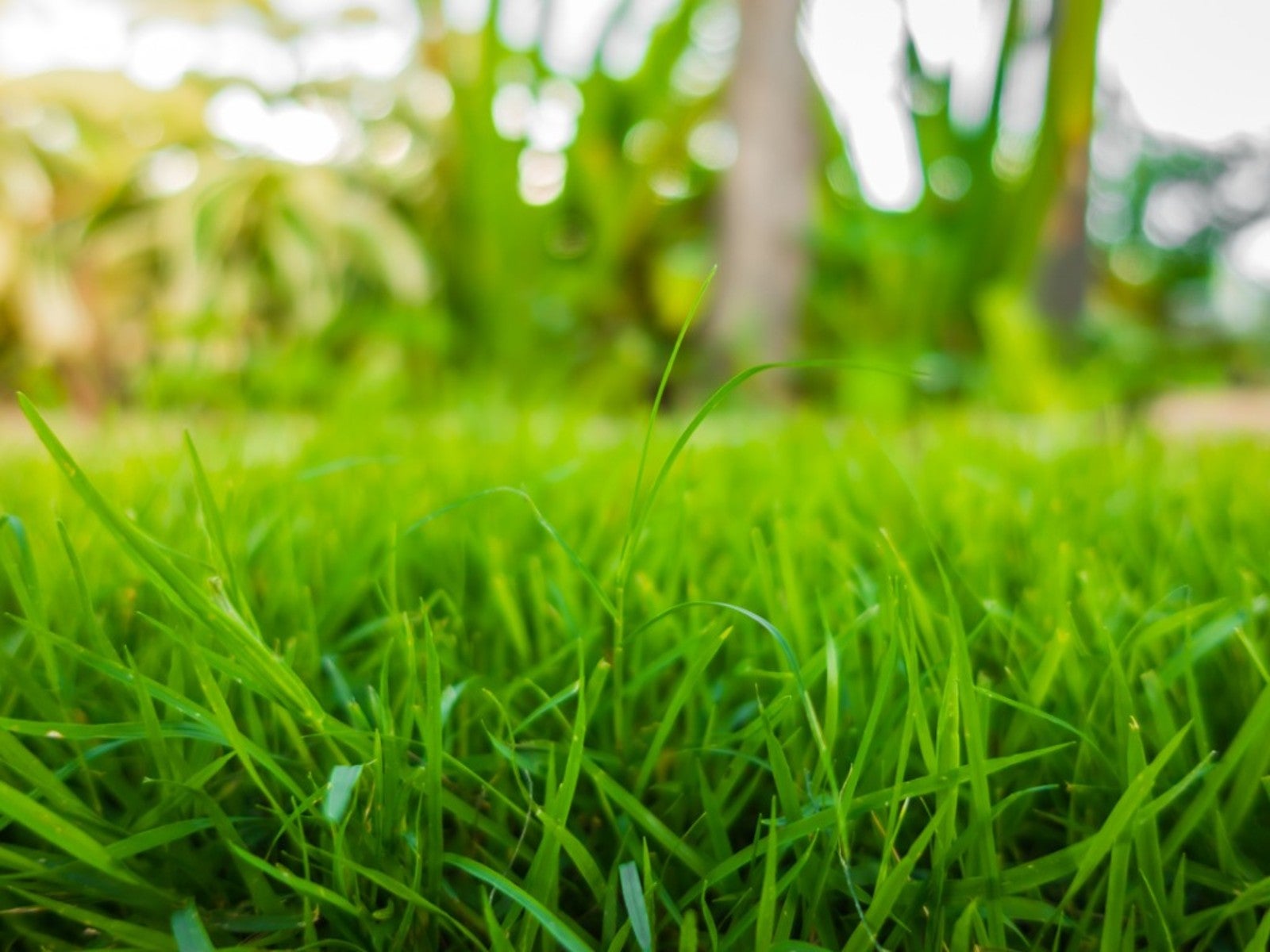 Sustainable Turf Species For A Greener Lawn
Sustainable Turf Species For A Greener LawnClick here for some of the most sustainable types of turf grass you can grow for an eco-friendly lawn.
By Bonnie L. Grant
-
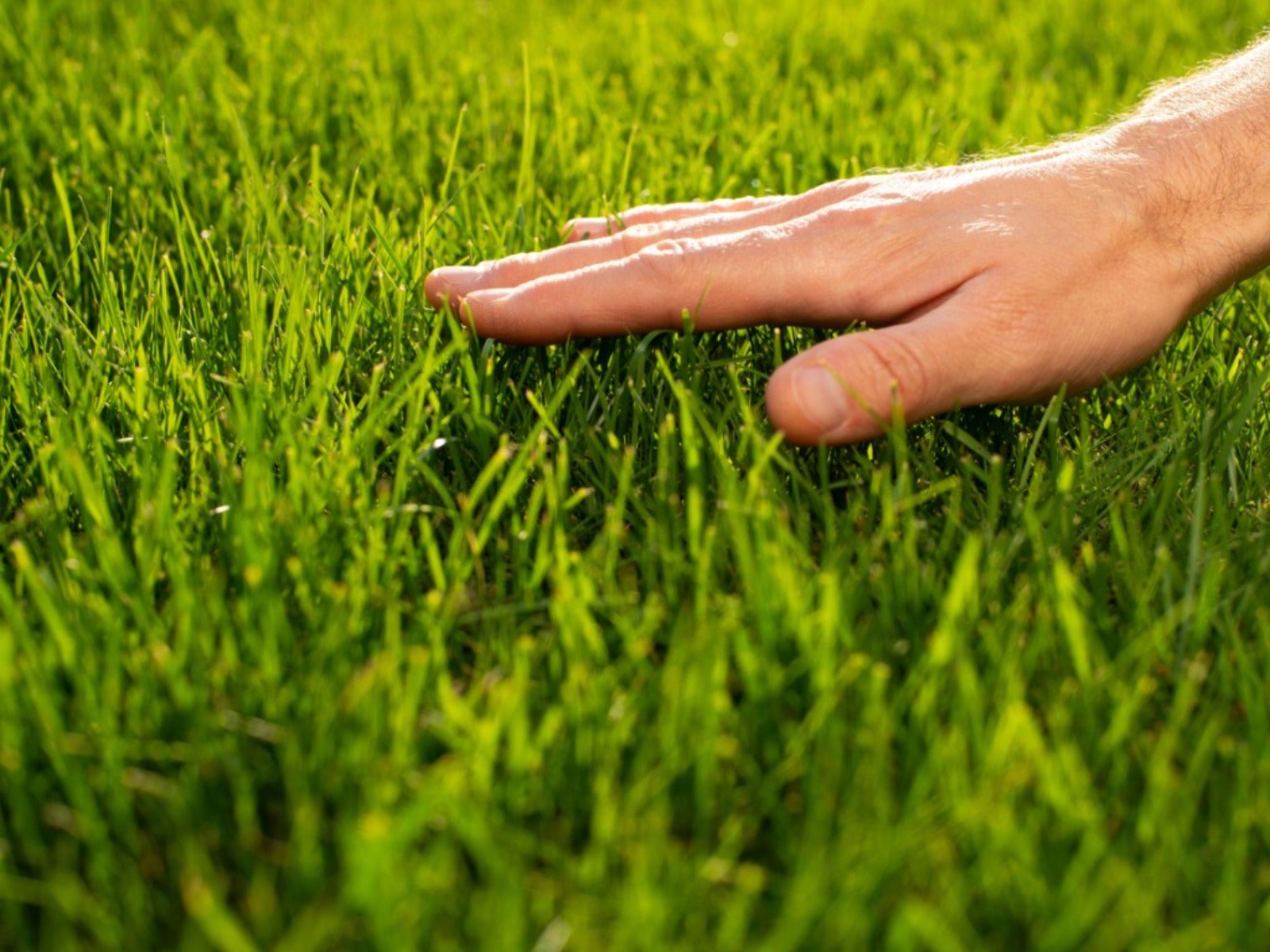 How To Grow A Sustainable Lawn
How To Grow A Sustainable LawnAdjust your thinking about a perfect green lawn and consider more sustainable methods. Click here to learn how.
By Mary Ellen Ellis
-
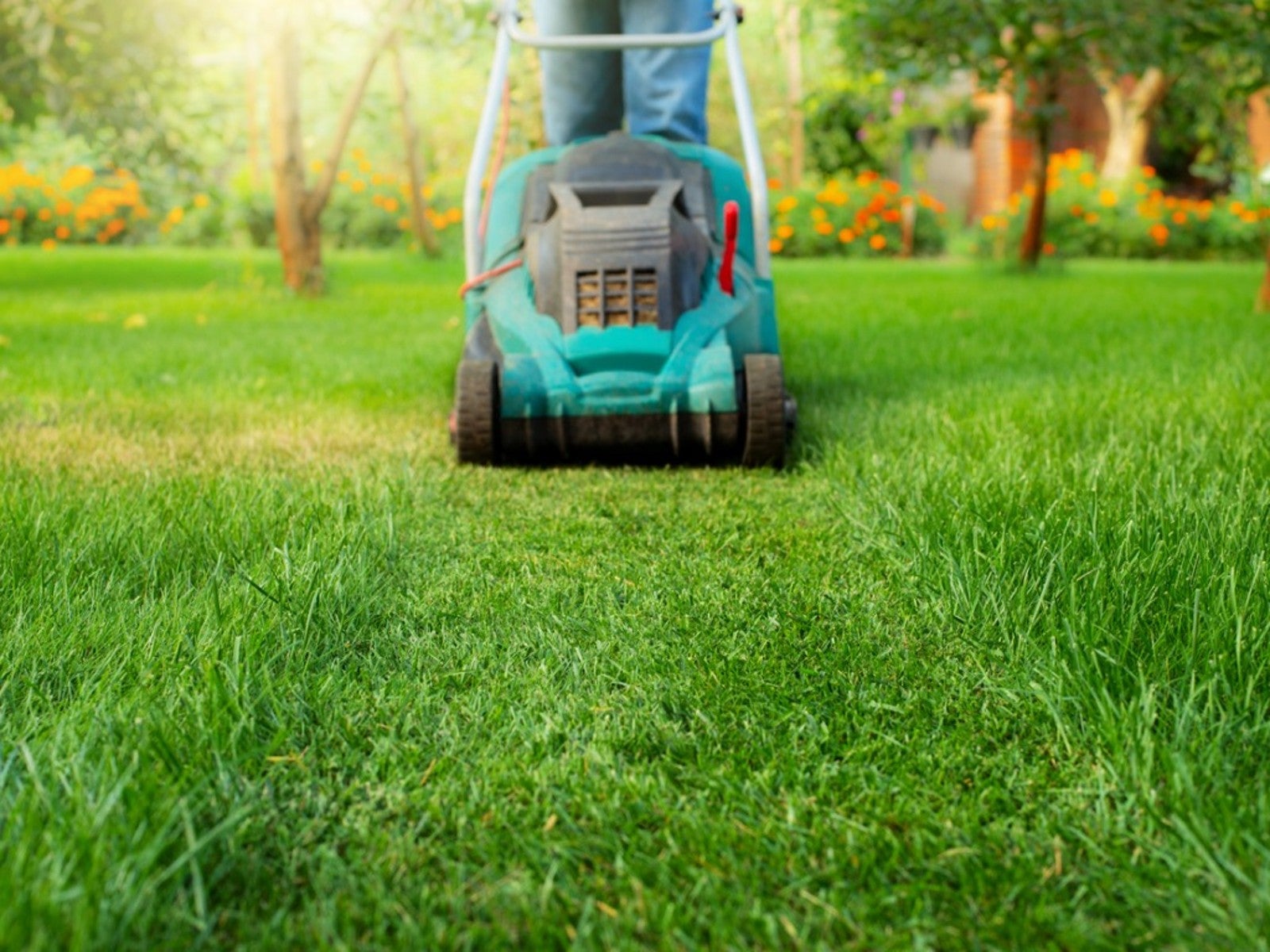 Lawn Problems That Aren’t Really Problems
Lawn Problems That Aren’t Really ProblemsYour lawn may not require as much work as you think. Learn which common problems aren’t really problems.
By Teo Spengler
-
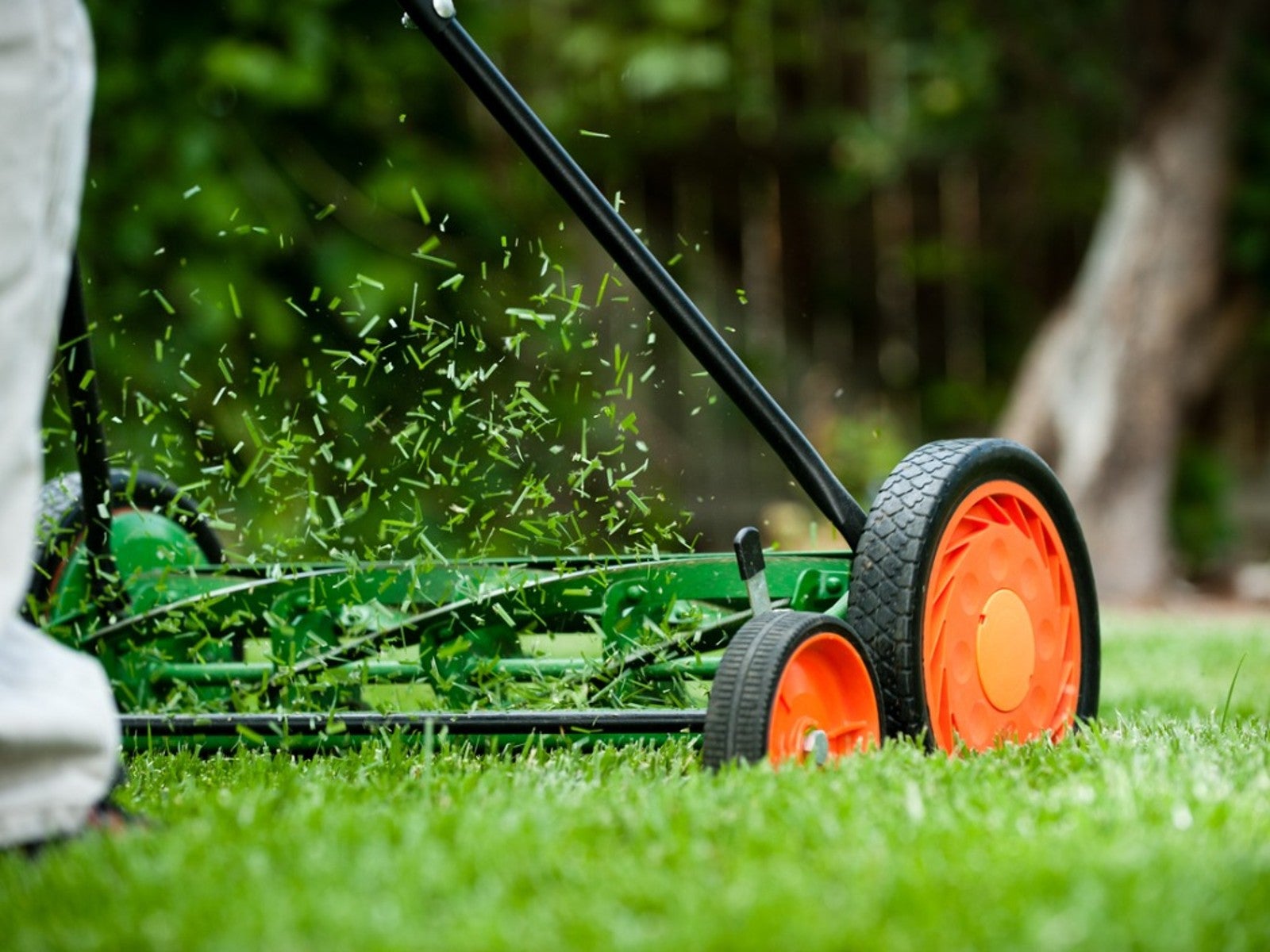 Why A Manual Push Mower Is Good For You And The Environment
Why A Manual Push Mower Is Good For You And The EnvironmentReel mowers are making a comeback, but why? Click here to learn about reel mower pros and cons.
By Amy Grant
-
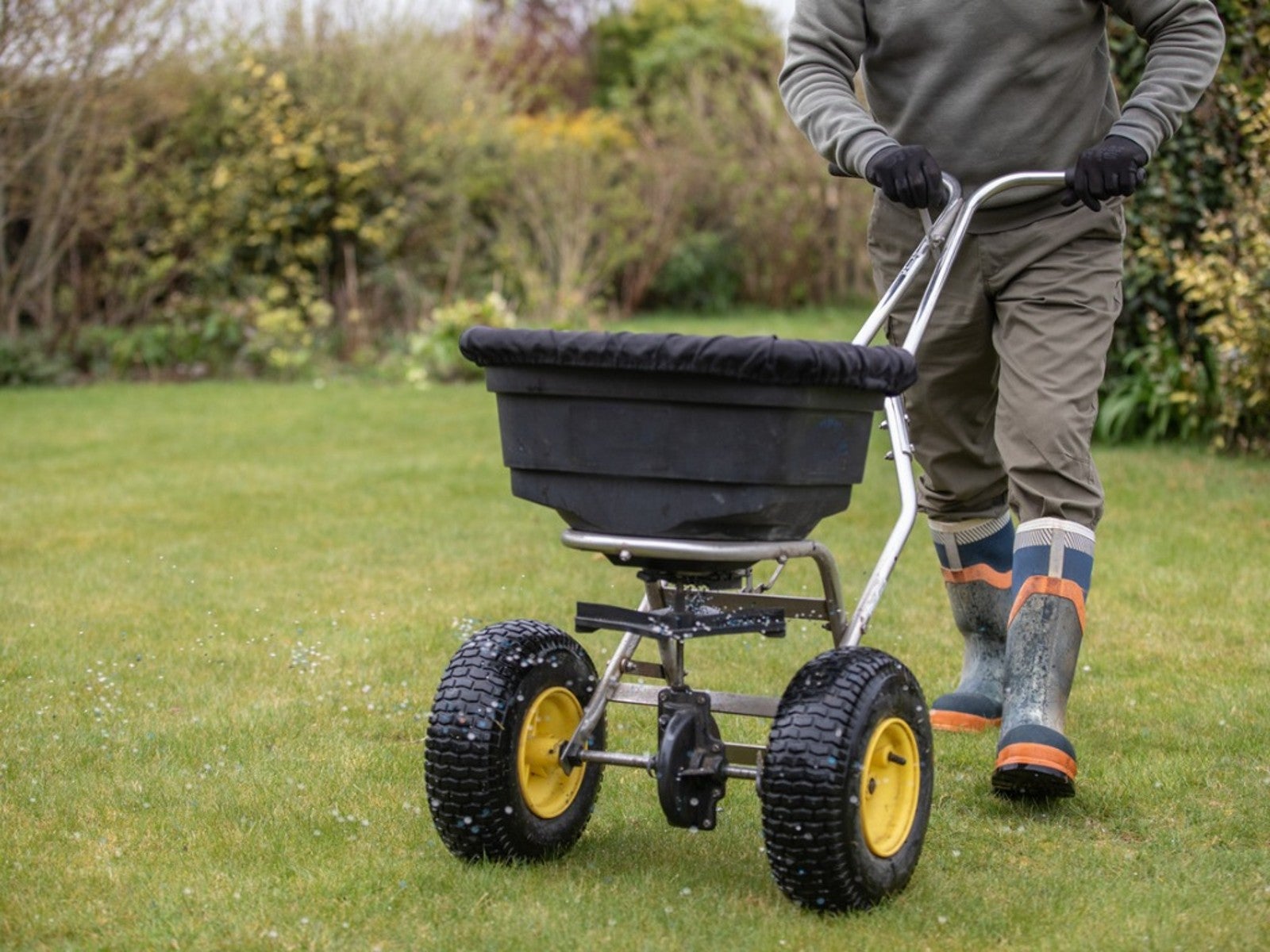 Fertilize Grass In Fall For A Lush Lawn In Spring
Fertilize Grass In Fall For A Lush Lawn In SpringFor everything you need to know about fertilizing your lawn in the fall, click here.
By Susan Albert
-
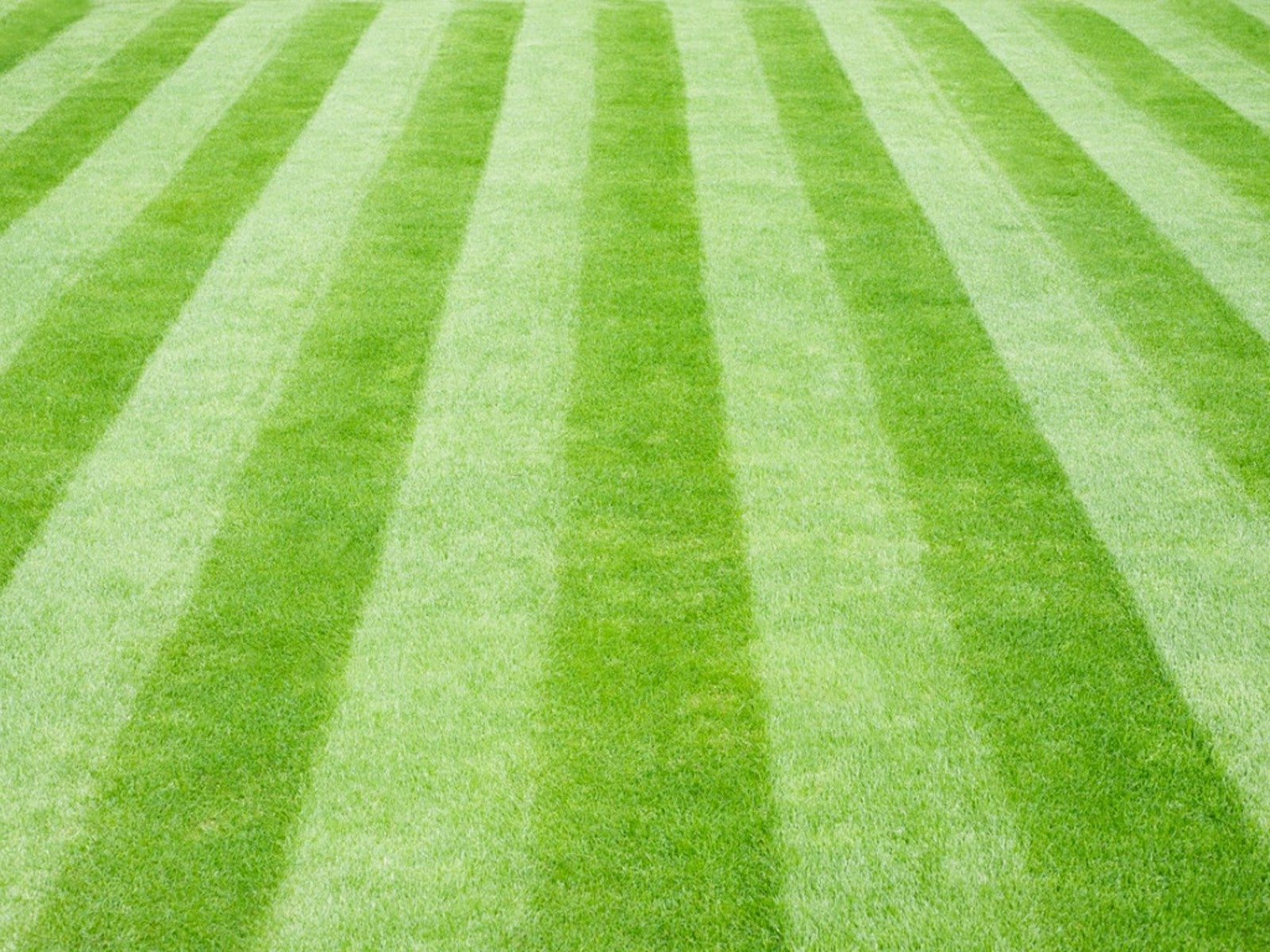 Tips For Mowing Stripes In Lawn
Tips For Mowing Stripes In LawnWouldn’t it be great to have stripes in your lawn like a sports field? Learn how here.
By Susan Albert
-
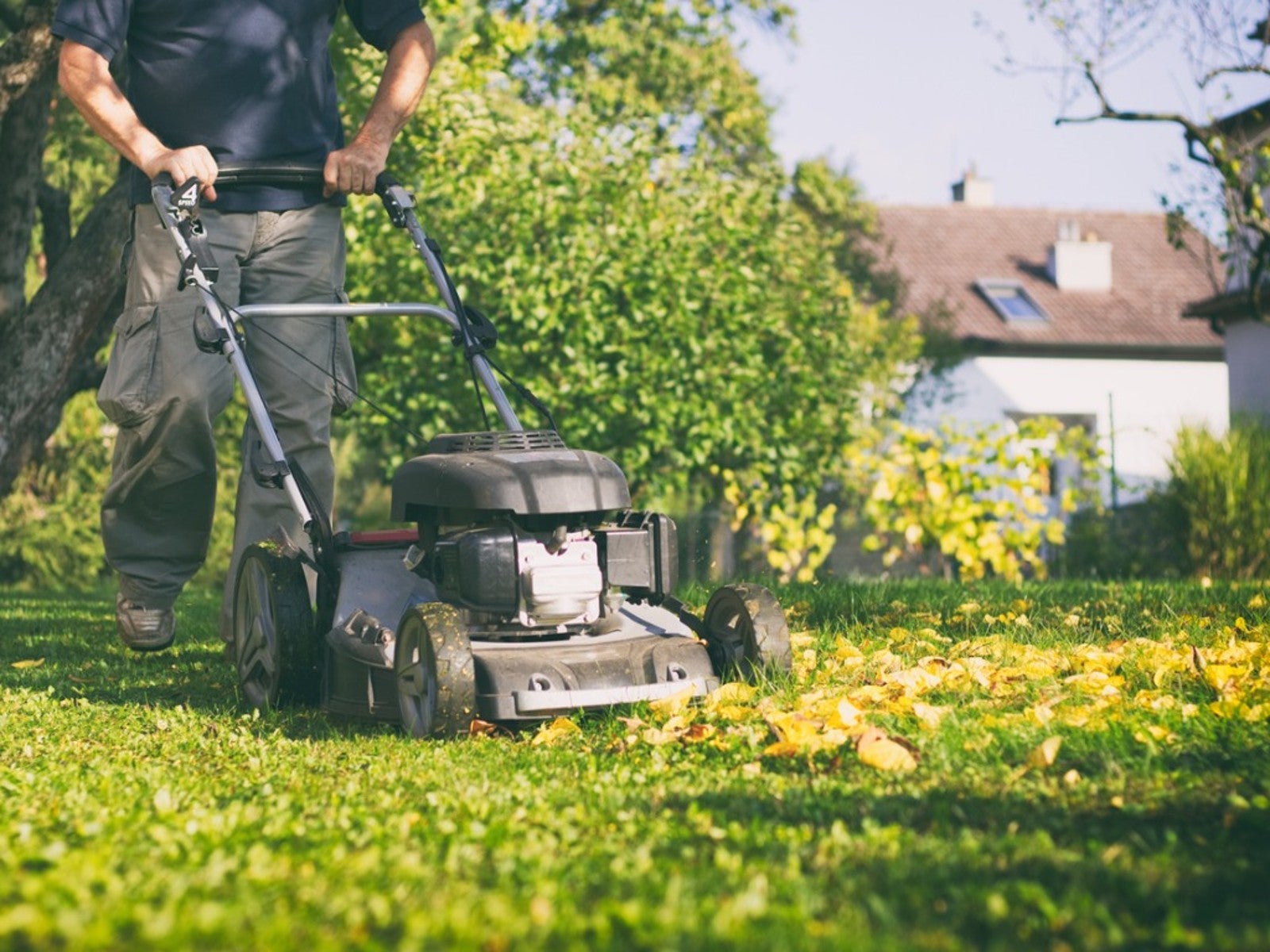 Late Summer Lawn Care Checklist
Late Summer Lawn Care ChecklistPlan to do some late summer care and maintenance of your lawn so it will be healthy and beautiful in the spring. Here are some tips.
By Laura Miller
-
 How To Cut Grass On A Steep Hill
How To Cut Grass On A Steep HillCutting grass on steep slopes poses some challenges and potential danger. These tips on cutting grass on a hill will make the task easier.
By Bonnie L. Grant